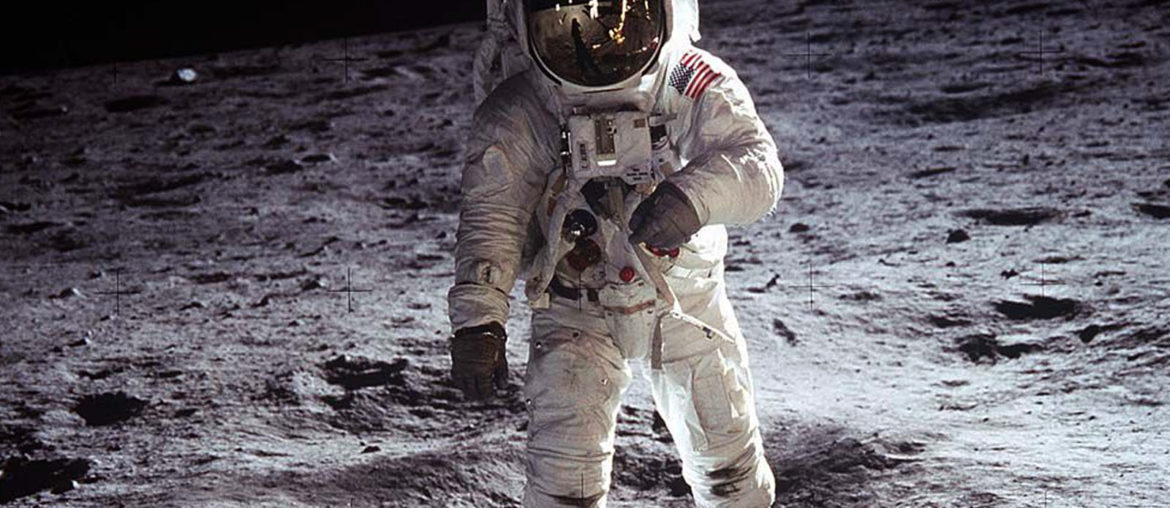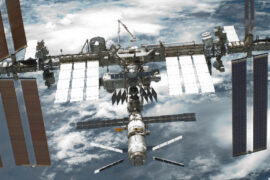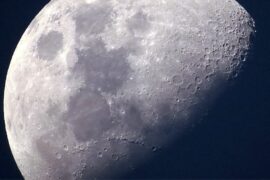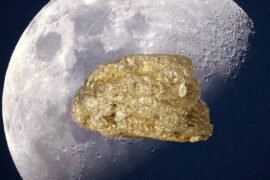On September 12, 1962, President John F. Kennedy gave a speech that would make history when he announced a country-wide effort to put a man on the Moon in front of thousands of people gathered at Rice Stadium, in Houston.
Almost seven years later and after a titanic effort by a lot of scientists, engineers, and people from all around the country, the promised was fulfilled. Astronauts Neil Armstrong and Buzz Aldrin became the first humans to walk on the moon. This was the kind of event that inspired millions of children all around the world to dream and reach for their dreams.
That was 50 years ago. Computers back then were way less powerful than our smartphones. So how come we still don’t have a base on the Moon or something?
NASA has announced they have plans to launch a new manned mission to the Moon in 2024 where two astronauts, including a woman, will walk on the Moon. This will make the chosen astronaut the first woman to have ever set foot on our natural satellite. But it seems it has been a long time since we traveled there. Why did we forget about it?

When was the last time man walked on the moon?
Well, it has been a while. All the Apollo missions to the Moon happened very quickly within a 3.5 year period and then nothing.
The last manned mission to the Moon was on December 11, 1972. Commander Gene Cernan and the scientist Harrison Schmitt were the last people to land on the Moon during the Apollo 17 mission. They stayed there for a few days and used the time to travel around on a Lunar Rover to collect samples, take photographs and conduct various experiments.
The original plan for the Apollo program included missions 18 through 20. Unfortunately, those were canceled after the problems with the Apollo 13 mission and various budget cuts.
Why haven’t we gone back to the moon?
To understand why the U.S. government decided to call it quits on manned space exploration, first we need to understand why they decided to go in the first place. To do that, we need some historical context.
In the fifties, the Cold War was in full effect and the diplomatic relations between the U.S. and Russia were in a complicated position, to say the least. A quiet arms race was happening between both nations who didn’t want to let the other one take a technological advantage.
In 1957, Russia put in orbit the first satellite, the Sputnik. One year later, the U.S. responds by founding NASA and creating the space program as to not be left behind.
A few years later, in 1961, the Russians also put the first man in space. The cosmonaut and Soviet pilot Yuri Gagarin orbited Earth aboard the Vostok 1 spacecraft.
The U.S. government was afraid then Russia was too far ahead in the space race and decided to put all available resources towards fixing that. So when you look at the timeline and context, it was not scientific achievement what motivated the Apollo program that would put a man on the Moon. War was the motivation.
When the Apollo program succeeded and the U.S. realized Russia had been left behind and wasn’t close to putting a man on the Moon, the objective had been accomplished and the priorities changed so all that budget was redirected to other things and the space program was left without too many resources.
Ever since then, NASA, even with their limited resources, has managed to stay ahead when it comes to space technology and no other nation had put too many resources into developing a space program so the need to go back to the Moon hasn’t arisen.
Why do we want to go back to the Moon anyway?
If we leave military objectives on the side then, what’s left there on the Moon for us? What would humanity gain by exploring the Moon? Sure, it sounds really cool, but are there benefits to it other than scientific curiosity?
The answer is yes. There are many benefits for humankind waiting on the Moon, let’s explore some of them.
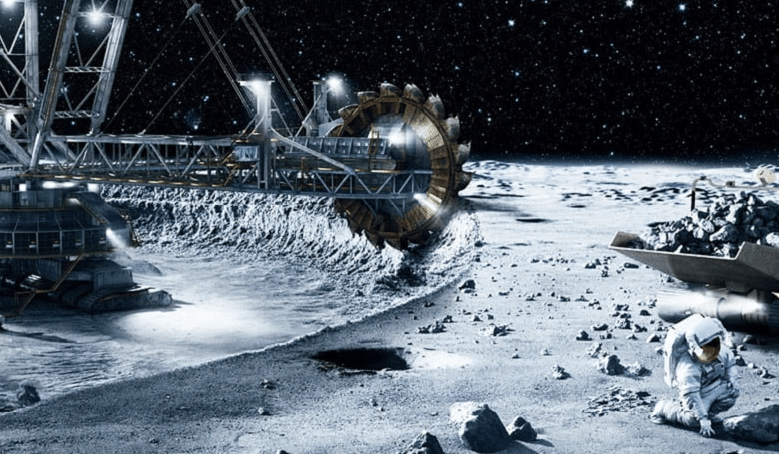
Space Mining and other resources
Simply by looking at the Moon from Earth, it is possible to see it has suffered from plenty of asteroid impacts during its lifetime. The good news is some of those asteroids are sometimes packed with precious metals that are hard to find on Earth.
Specifically, huge reserves of Titanium have been found on the Moon. While titanium is as rare as other metals, it has many uses and is expensive so mining it on the Moon can be worth it. Traces of other valuable metals like gold and silver have been found, but funnily enough, metals are not even the rarest thing we could bring from the Moon. That would be a gas.
Helium-3 is a non-radioactive variant of Helium that has been studied and theorized as an amazing, clean source of energy for nuclear reactions. The best part about Helium-3 is safety as those reactions don’t cause the surrounding material to become radioactive. Helium-3 is super rare on Earth, however, it seems to be very abundant on the Moon thanks to solar winds and it is right there on the surface so getting it wouldn’t even be that hard.
The difficult part about bringing metals and gas from the Moon is, of course, the prohibitive costs. Getting to the Moon is still too expensive for cargo trips to be worth it, but maybe in the future after more attempts end experience, those costs could be brought down, making it economically viable to start bringing those resources down to Earth.
Moon Observatories
If you have read our article on Why do we put telescopes in space you know one of the main problems with developing telescopes that can look farther away into the cosmos is our own atmosphere. Earth’s atmosphere distorts the light that passes through it so the images we receive from space are lower quality and imperfect.
Putting a permanent observatory on the Moon would solve this issue as the Moon has no atmosphere so the telescopes we put in there could get clearer images which would help our space exploration efforts. It would also allow us to detect earlier asteroids that could be coming to Earth so they would also serve as a defense mechanism for Earth.
Testing grounds for colonization
At some point, humankind will have to take the leap and move on another planet if it plans to survive. Earth will not be here forever. It is a fact we will have to colonize other planets eventually.
The Moon would be a great start as testing grounds for our colonization efforts. It’s the closest object to us which also makes it the cheapest to get to. We could start a colony on the Moon as a beta test to develop the technology and solve any issues that may arise before making the jump to a different planet.
So, when are we going back?

In 2010, President Barack Obama presented a revamped policy for space exploration that put crewed missions back on the table. The timeline set the goals of going beyond the Moon and sending manned missions to an asteroid in 2025 and a mission to orbit Mars by the 2030s.
In 2017, President Donald Trump signed up on a few minor changes to the policy that included involving commercial and international partnerships with private companies and other countries to reach those goals, but no specific mission plans had been announced yet.
It was until April 2019 when NASA set the date and put 2024 as the year to finally send two astronauts to walk on the Moon.
The mission would be possible thanks to a new type of spacecraft called Gateway that would allow the crew to land, execute an expedition on the surface and then go back to the Moon’s orbit. Travel to the next spot and repeat the process. With the Gateway, the mission will cover a lot more ground than any other previous mission.
The goal would be to explore the Moon’s South Pole.
Not many specifics about the mission have been revealed, but it has been announced at least one of the astronauts that will be chosen to walk on the surface will be a woman.
They also released the following hype video:
So, we are totally going back to the Moon in 2024, right? Well…hopefully.
Until more specific plans are announced, the mission still remains hypothetical. While the technology is there to make it happen, funding still remains an issue and support from both parties will be necessary to make that happen so there’s still a chance it could still be canceled due to politics. Let’s hope that doesn’t happen.
We will keep updating this page as more information is released.

